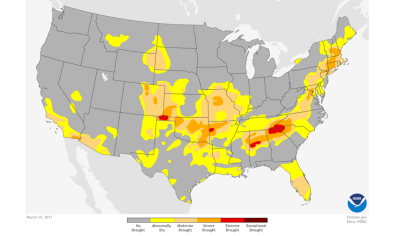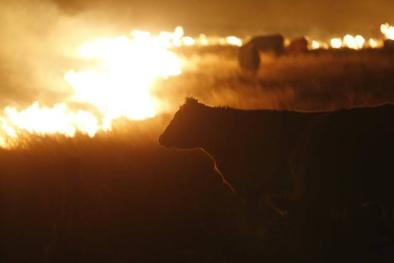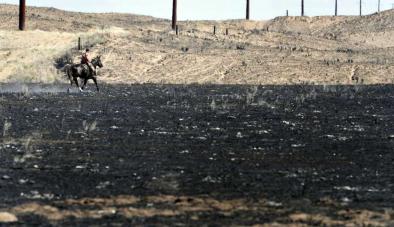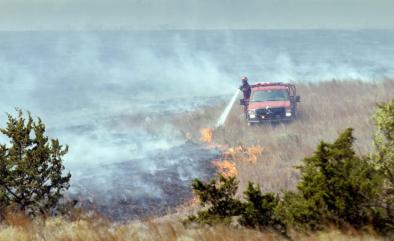Wildfire season is getting longer by the decade in Colorado
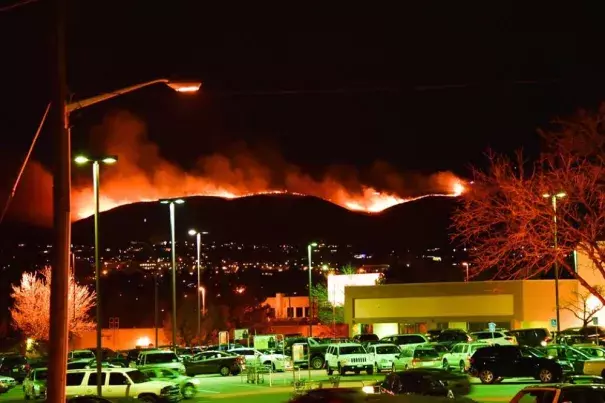
Colorado has seen multiple “red flag” days this March, with brush and wildfires breaking out up and down the Interstate 25 corridor.
We’re still months ahead of the traditional wildfire “season,” and last year’s fires burned as late as November, which fits a pattern observed by scientists and firefighters alike: Fire season is practically year-round now.
“From a historical perspective, it would be considered somewhat odd,” said Division Chief Steve Aseltine, a 22-year veteran of West Metro Fire Rescue, referring to a late-season fire that lit up the Denver skyline in November.
“However, what we’ve found over the last five to ten years is that the wildfire season does not really follow any standard, cyclical pattern. We’ve had fairly busy fire activity in the late fall and early spring.”
In the past, Colorado’s wildfire season has been defined as May through September.
...
This fits into a larger pattern of lengthening fire seasons. The “length of the season in the West has increased by 78 days since the 1970s,” the New York Times reported. A record 10.1 million acres burned in the U.S. last year, and five of the largest burn years have happened in the last decade, according to federal records that go back to 1960.
...
[T]he fire season for the Southern Rockies “has consistently increased from the 1970s from 31 days (1 month) to 117 days (4 months) due to warming over this period,” Tania Schoennagel, a research scientist at CU Boulder, wrote in an email to me.
And researchers at Harvard have calculated that the amount of acreage burned along the Front Range could double by 2050 while the “season” grows another three weeks longer.
Related Content
